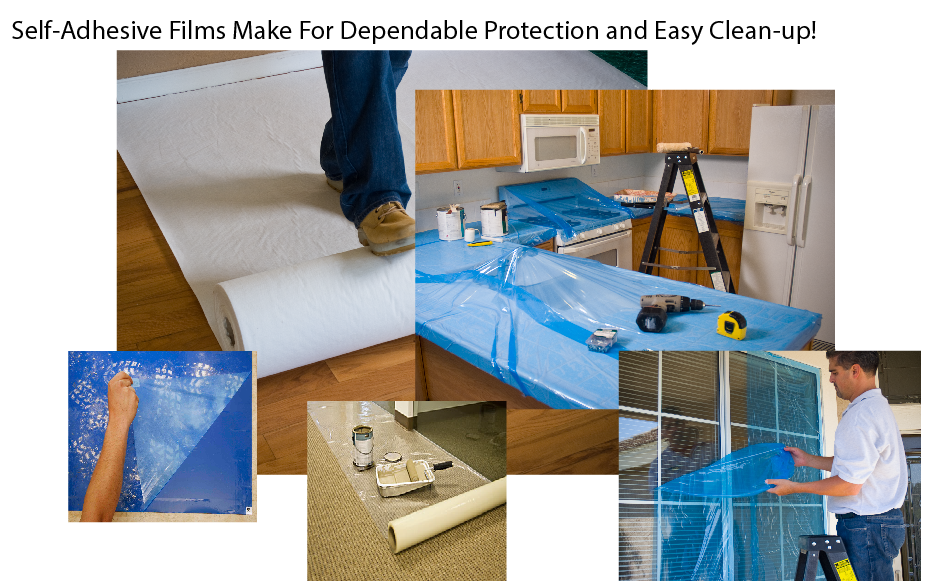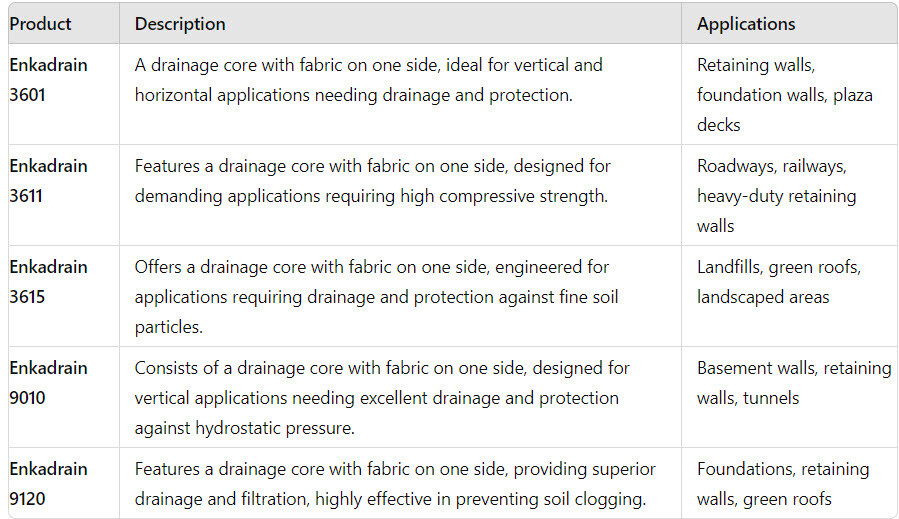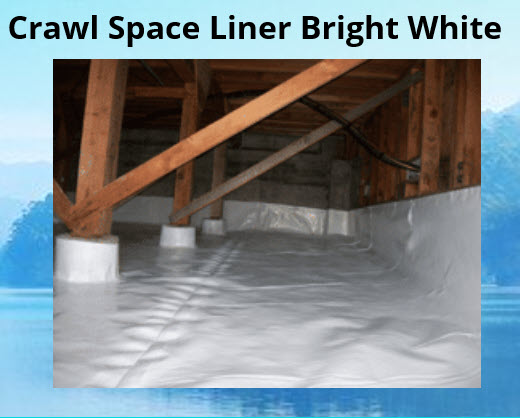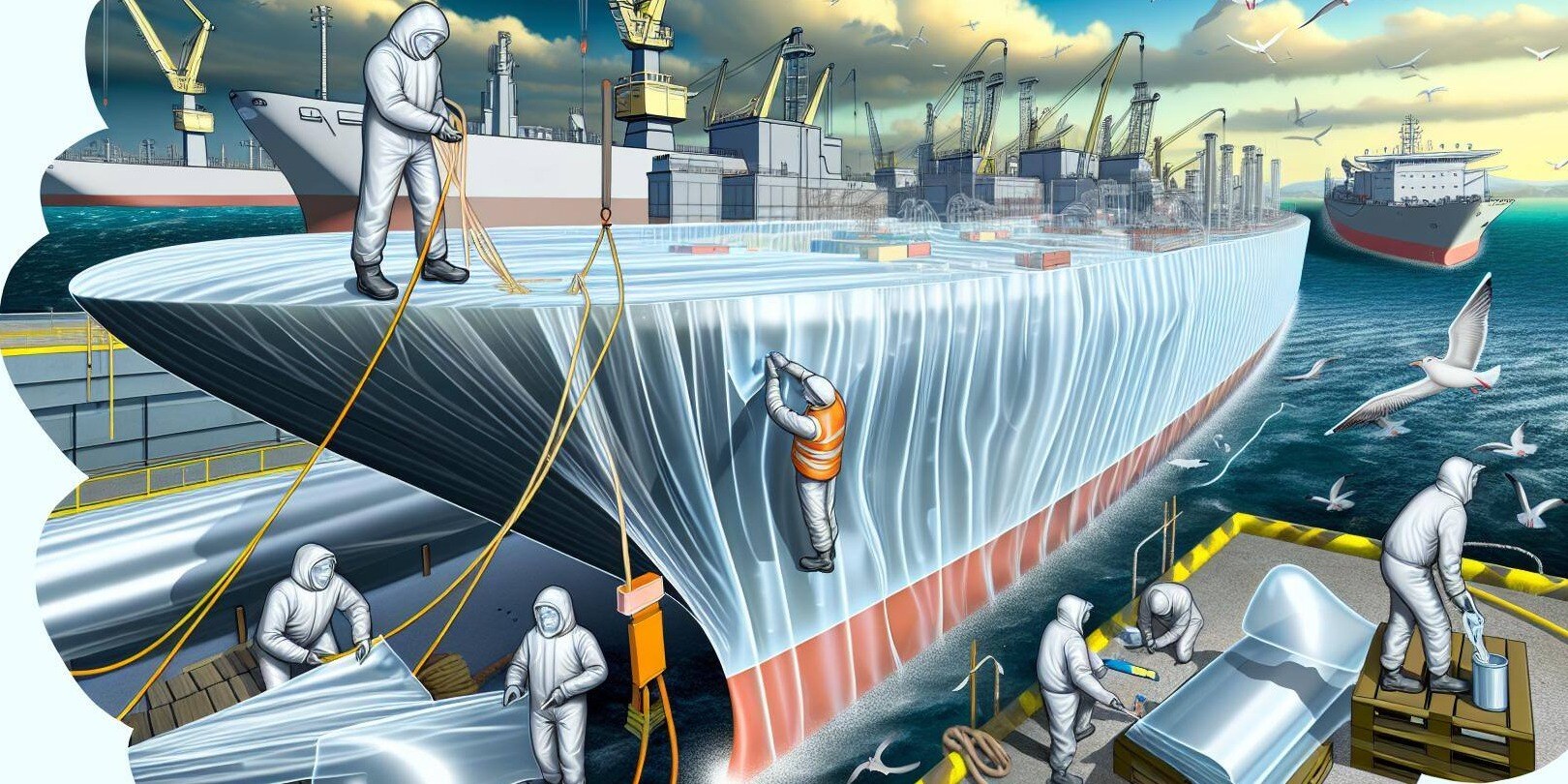While LLDPE (Linear Low-Density Polyethylene), LDPE (Low-Density Polyethylene), and HDPE (High-Density Polyethylene) are widely used due to their versatility and durability, each type has its own set of disadvantages. In this blog, we'll explore the common issues associated with these plastics and provide practical solutions to mitigate their drawbacks.
Disadvantages of LLDPE
1. Lower Tensile Strength: LLDPE is known for its flexibility, but this can also mean lower tensile strength compared to other plastics like HDPE. This makes it less suitable for applications requiring high structural integrity.
Example: When used for heavy-duty packaging, LLDPE might stretch or tear under substantial weight.
Solution: Consider blending LLDPE with higher-strength materials or using multi-layered packaging to enhance durability without sacrificing flexibility.
2. Sensitivity to UV Radiation: LLDPE can degrade when exposed to prolonged sunlight, leading to brittleness and loss of strength.
Example: Outdoor storage containers made from LLDPE may become brittle and crack over time due to UV exposure.
Solution: Use UV stabilizers or additives in the LLDPE formulation to enhance its resistance to UV radiation, or opt for protective coatings.
Disadvantages of LDPE
1. Lower Heat Resistance: LDPE has a lower melting point compared to HDPE, making it unsuitable for high-temperature applications.
Example: LDPE containers may deform or melt when exposed to high temperatures in a dishwasher.
Solution: For applications involving heat, consider using HDPE or incorporating heat-resistant additives into the LDPE.
2. Limited Rigidity: LDPE's flexibility can be a drawback in applications requiring rigid materials.
Example: LDPE is not ideal for products like structural piping, which require more rigidity and strength.
Solution: Choose HDPE or other rigid materials for structural applications, or reinforce LDPE with fillers to improve its stiffness.
Disadvantages of HDPE
1. Brittleness at Low Temperatures: HDPE can become brittle and crack when exposed to very low temperatures.
Example: HDPE pipes used in extremely cold environments may crack or break under stress.
Solution: Use additives to improve HDPE's low-temperature performance or select an alternative material with better cold resistance for such applications.
2. Environmental Impact: While HDPE is recyclable, its production and disposal can have a significant environmental impact compared to biodegradable materials.
Example: Widespread use of HDPE in single-use products contributes to plastic pollution.
Solution: Promote recycling programs, use recycled HDPE, and explore biodegradable or compostable alternatives where feasible.
Common Solutions for Enhancing LLDPE, LDPE, and HDPE
1. Additives and Blends: Incorporating additives like UV stabilizers, heat stabilizers, and impact modifiers can enhance the performance of LLDPE, LDPE, and HDPE. Blending these materials with other polymers can also improve their properties for specific applications.
2. Multi-Layered Structures: Using multi-layered structures or laminates can combine the best properties of different materials. For example, combining LLDPE's flexibility with HDPE's strength in a layered structure can create a more versatile product.
3. Advanced Manufacturing Techniques: Employing advanced manufacturing techniques like co-extrusion and injection molding can optimize the material properties and performance of LLDPE, LDPE, and HDPE in various applications.
4. Sustainable Practices: Promoting the use of recycled materials and implementing sustainable practices in production and disposal can mitigate the environmental impact of these plastics. Developing and using biodegradable alternatives where possible can also contribute to sustainability.
Conclusion
While LLDPE, LDPE, and HDPE each have their unique advantages, understanding their disadvantages is crucial for optimizing their use. By addressing common issues with appropriate solutions, you can maximize the benefits of these versatile plastics in various applications. Whether it's enhancing strength, improving heat resistance, or promoting sustainability, there are effective strategies to overcome the challenges associated with LLDPE, LDPE, and HDPE.

























